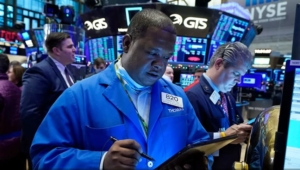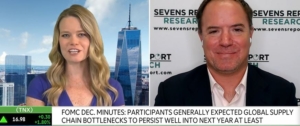What’s in Today’s Report:
- What the Fed Decision Means for Markets
- EIA and Oil Market Update
Futures are sharply higher mostly on momentum from yesterday’s strong close and despite soft economic data.
EU and UK flash PMIs missed estimates thanks to drops in the service sector and that implies Omicron is a headwind on global growth in Europe.
But, for now that concern isn’t enough to stop a year-end Santa rally as the Fed was hawkish, but not too hawkish.
Looking forward, today will be a busy day. First, we get two important central bank decisions (Bank of England at 7:00 a.m. and ECB at 7:45 a.m), and while neither are expected to change policy if they are hawkish in a tone that could partially offset the current Fed rally.
Meanwhile, we also get a lot of economic data including, in order of importance: December Composite Flash PMI (E: 58.4), Philly Fed (E: 28.8), Jobless Claims (E: 200K), Housing Starts (E: 1.563M) and Industrial Production (E: 0.7%). Bottom line, the market will want to see stability in the data especially given the looming rate hikes in 2022, and the last thing the market will want to see is a material weakness in the data given the Fed’s new hawkishness.

